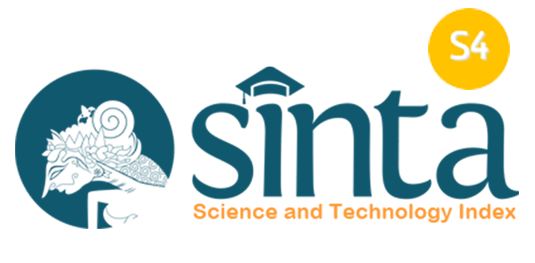Physical Activity, Sedentary Behavior, and Fitness: A Cross-Sectional Study
DOI:
https://doi.org/10.24843/mifi.000000363Keywords:
physical activity, sedentary behavior, physical fitness, students, cross-sectional studiesAbstract
Introduction: Sedentary behavior has become increasingly prevalent among young adults and may contribute to declining physical fitness. Despite engagement in regular physical activity, high sedentary time may attenuate fitness outcomes. This study aimed to examine the association between physical activity, sedentary behavior, and physical fitness among undergraduate physiotherapy students at Hasanuddin University.
Methods: This cross-sectional descriptive-analytic study included 67 physiotherapy students selected through purposive sampling. Physical activity levels were measured using the International Physical Activity Questionnaire (IPAQ), sedentary behavior using the Sedentary Behavior Questionnaire (SBQ), and physical fitness using the American College of Sports Medicine Physical Fitness Test (ACSM-PFT). Univariate analysis was applied to describe variable distributions, and Somers’ D correlation test was used to examine associations.
Results: The majority of respondents reported high physical activity (69.9%) and high sedentary behavior (50.7%), yet 50.7% demonstrated low physical fitness. No statistically significant relationship was found between physical activity and physical fitness (p = 0.595; r = 0.046), nor between sedentary behavior and physical fitness (p = 0.153; r = 0.107).
Conclusion: This study found no significant association between physical activity or sedentary behavior and physical fitness among undergraduate physiotherapy students. These findings indicate that physical fitness may be influenced by multiple factors beyond activity levels and sedentary time. Future studies should explore additional physiological and behavioral determinants in larger and more diverse populations.
Downloads
Published
Issue
Section
License
Copyright (c) 2025 Stefiona Gabriela Liem (Author)

This work is licensed under a Creative Commons Attribution 4.0 International License.







